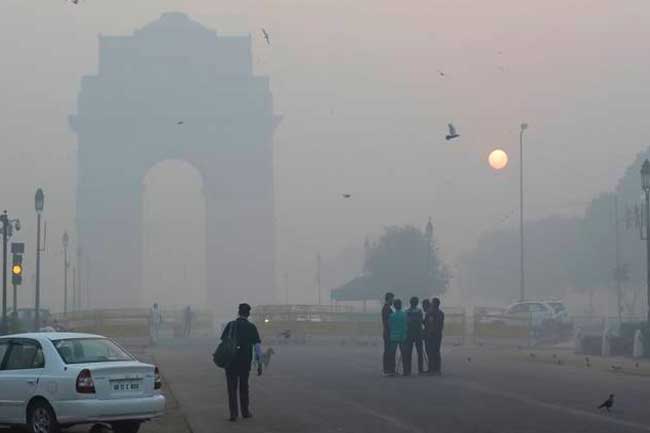In a strategic move to revitalise its crucial tourism sector, Sri Lanka has made significant announcements regarding new visa policies, aiming to attract a surge of international visitors. While the intent to liberalise travel and waive visa fees for numerous countries has been widely heralded, the most recent updates indicate that the full implementation of these ambitious plans is still a work in progress, with travelers largely continuing to navigate existing Electronic Travel Authorization (ETA) requirements. As an SEO expert and content writer, our focus is on providing the most accurate, up-to-the-minute information on this dynamic situation.

The Ambitious Announcements: Expanding Visa-Free Travel
The core of Sri Lanka’s recent visa reforms revolves around a significant expansion of its visa-free or visa-fee waiver program. In late July 2025, Sri Lanka’s Foreign Affairs and Tourism Minister, Vijitha Herath, confirmed the Cabinet’s approval to extend its free tourist visa policy to an additional 40 countries. This decision followed a successful trial phase that initially granted visa fee waivers to citizens from seven nations, including key markets like China, India, Indonesia, Russia, Thailand, Malaysia, and Japan. The comprehensive list of 40 new countries is understood to include major tourism source markets such as the US, UK, Canada, Australia, Germany, France, Saudi Arabia, and the United Arab Emirates, among others.
The government’s objective is clear: to reduce the financial and logistical barriers to entry, thereby encouraging more international travelers to choose Sri Lanka as their preferred destination. This initiative is a critical component of the island nation’s broader strategy to recover from economic challenges and achieve an ambitious target of attracting 3 million tourists by the end of 2025, alongside a projected US$5 billion in tourism revenue. Officials acknowledged an estimated annual revenue loss of USD 66 million from waived visa fees but expressed confidence that the indirect economic benefits from increased tourist footfall would far outweigh this sum.
Current Reality: Implementation Delays and the Enduring ETA
Despite the optimistic announcements, recent reports underscore a crucial distinction between policy approval and actual implementation. As of August 19, 2025, reports indicated that the expanded visa fee waiver for the additional 40 countries had not yet been implemented, and travelers from these nations were still required to pay the standard Electronic Travel Authorization (ETA) fee. Further reinforcing this, a September 15, 2025, update from Travel And Tour World explicitly stated that a previously approved pilot program from August 2024, which aimed to offer free 30-day tourist visas to 35 countries (including many from the newly expanded list), has also not yet been fully implemented as of August 2025. Consequently, travelers from those listed countries were still paying the standard ETA fee.
The existing system largely requires most visitors, unless from a few visa-exempt countries (like Maldives, Seychelles, Singapore), to obtain an ETA. This online authorization is typically required before departure, though historically, visas on arrival have been available under certain circumstances. The process for the seven originally exempt countries (China, India, Indonesia, Russia, Thailand, Malaysia, and Japan) still involves applying for an ETA, which is then granted free of charge, allowing a 30-day stay with double-entry facility. For other nationalities, the standard fee of approximately USD 50 still applies.
The delays in rolling out these new policies appear to stem from procedural hurdles, including the need for legal clearance from the Attorney General’s office and parliamentary approval. This ongoing situation has created some uncertainty among potential travelers, impacting the immediate benefits anticipated from the announcements.
Why These Policies Are Crucial for Sri Lanka’s Tourism Future
Sri Lanka’s commitment to enhancing visa accessibility is a direct response to its economic imperatives. The tourism sector is a cornerstone of the nation’s foreign exchange earnings and a vital source of employment. While tourist arrivals showed notable growth in the first eight months of 2025, with 1,566,523 visitors, August 2025 saw a concerning decline in per-tourist spending and overall tourism revenue, despite increased arrivals. This highlights the urgent need for measures that not only boost visitor numbers but also encourage longer stays and higher spending.
Simplified visa processes are universally recognised as a powerful stimulant for tourism. By potentially removing visa fees, Sri Lanka aims to make itself more competitive against regional rivals and appeal to a broader demographic of travelers. The government hopes this will attract “high-value visitors” and diversify the types of tourists visiting the island.
Looking Ahead: Hopes for Full Implementation
Despite the current delays, the Sri Lankan government remains optimistic about the long-term impact of its liberalised visa policies. The intention to streamline entry procedures and reduce costs for travelers from key source markets is a strong positive signal to the global tourism industry. When fully implemented, these policies are expected to significantly enhance Sri Lanka’s appeal, making it one of Asia’s most accessible and attractive destinations.
As an SEO expert, it’s vital to monitor official government channels and immigration updates closely. For travelers planning a trip to Sri Lanka, the recommendation remains to check the official Electronic Travel Authorization (ETA) portal (eta.gov.lk) for the most current and accurate information on visa requirements and fees before making travel arrangements. While the vision of a more accessible Sri Lanka is clearly defined, the journey to its complete realization continues.
The global travel community, and indeed the Sri Lankan economy, eagerly awaits the definitive rollout of these new visa policies, hoping they will truly unlock the island’s full potential as a premier tourist destination.

















